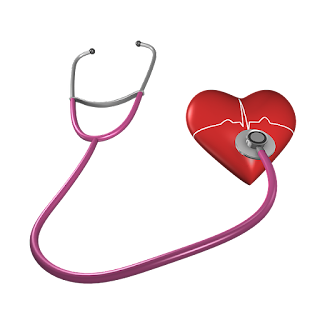What are the symptoms of atherosclerosis?
Symptoms of atherosclerosis
Atherosclerosis is an arterial disease primarily affecting people over the age of 50. The cause of the disease is usually a diet rich in animal fats, stimulants, obesity and diabetes.
Untreated atherosclerosis increases the risk of stroke, heart attack and can lead to lower limb amputation. How to recognise and treat atherosclerosis and prevent the disease from developing?
Hardening of the arteries
Atherosclerosis, also known as arteriosclerosis, is a process involving narrowing and stiffening of the vessels. It occurs through the deposition of low-density cholesterol on the arterial walls, forming a so-called atherosclerotic plaque. The progression of the disease leads to the formation of cholesterol deposits in various arteries.
The most common are the coronary arteries of the heart, responsible for supplying blood to the brain, and those supplying blood to the lower limbs. Atherosclerotic lesions can develop for many years without any visible symptoms. The discomfort is usually experienced by people between 50 and 75 years of age.
Sources of atherosclerosis
Risk factors contributing to the development of the disease can be divided into non-modifiable and modifiable ones. The former are those over which we have no control. These are mainly: genetic sources, age, gender, or premature cardiovascular disease. Modifiable factors, on the other hand, can be influenced by our behaviour and choices. These include diet and related obesity. What foods should be avoided in order to prevent weight gain and increase the level of so-called bad cholesterol?
Foods containing saturated fatty acids should be limited in the daily diet. These include animal fats such as lard and red meat and dairy products such as fatty cheese. On the other hand, it is recommended to eat products rich in mono- and polyunsaturated fatty acids, especially from the omega-3 family.
These include in particular: fish and seafood, seeds and nuts. Their regular consumption is beneficial for our body. The most important benefits include: anti-cancer effects, improved brain function, prevention of heart attacks, and prevention of blood clots and inflammation. Consumption of fibre, especially that contained in fresh fruit and vegetables and whole-grain bread, pasta and rice, also has a cholesterol-lowering effect.
First signs of atherosclerosis
The first signs of atherosclerosis appear when the blood vessels are almost halved. The symptoms of the condition vary depending on the organ to which less blood flows. The most common include: dizziness, disorientation (carotid atherosclerosis), sensory and visual disturbances, difficulty concentrating and remembering (cerebral atherosclerosis), pain in the abdominal region (atherosclerosis of the intestines and abdominal arteries ), severe hypertension, renal failure (renal artery failure), pain and cramps, bluish legs, ulcers (atherosclerosis of the lower limb arteries).



Comments
Post a Comment